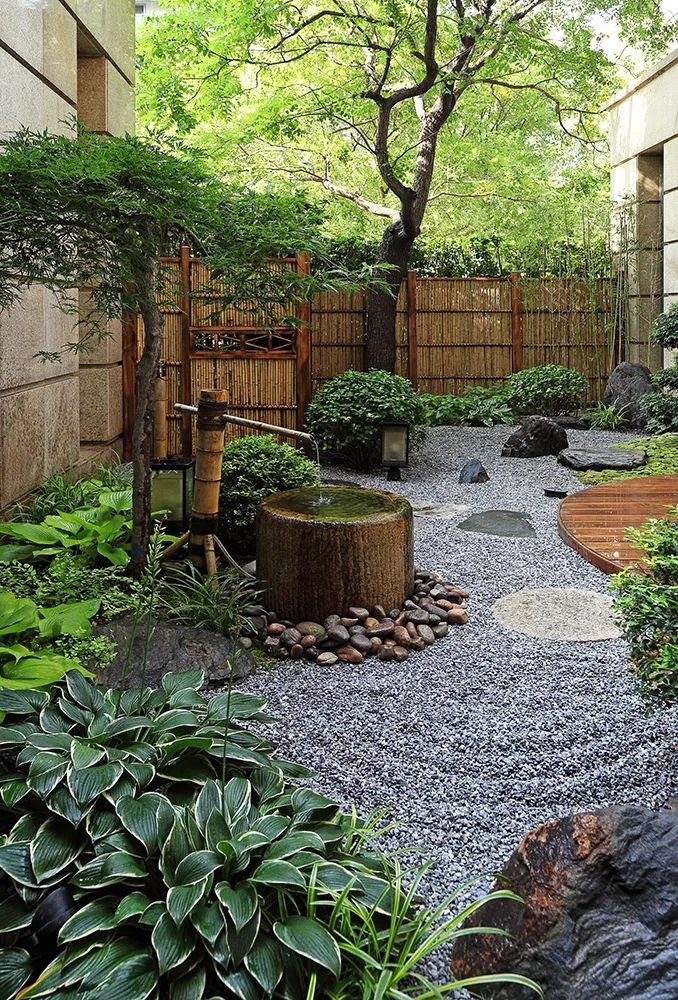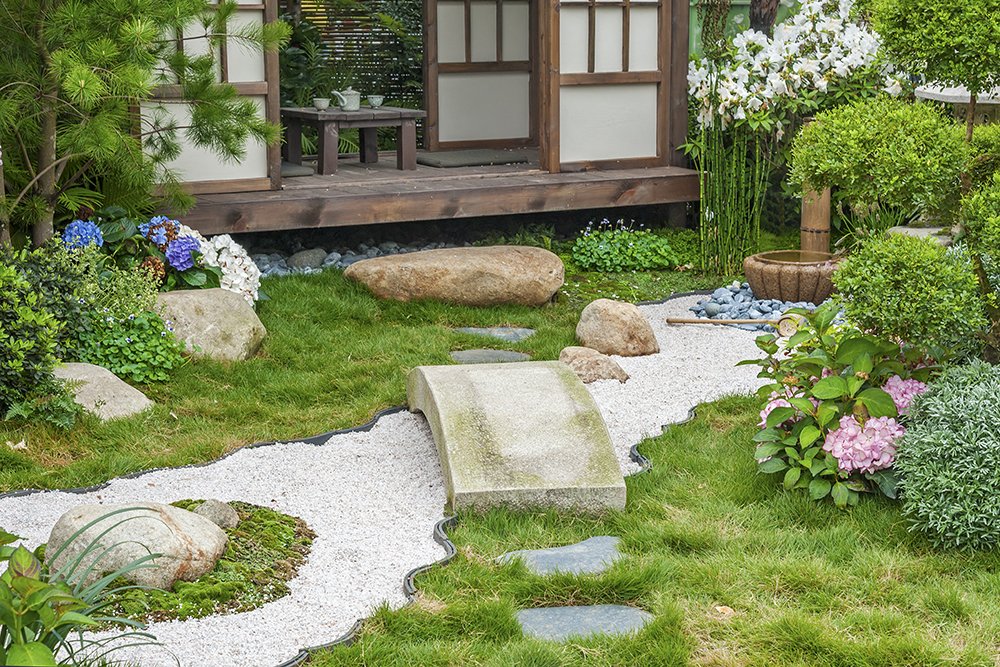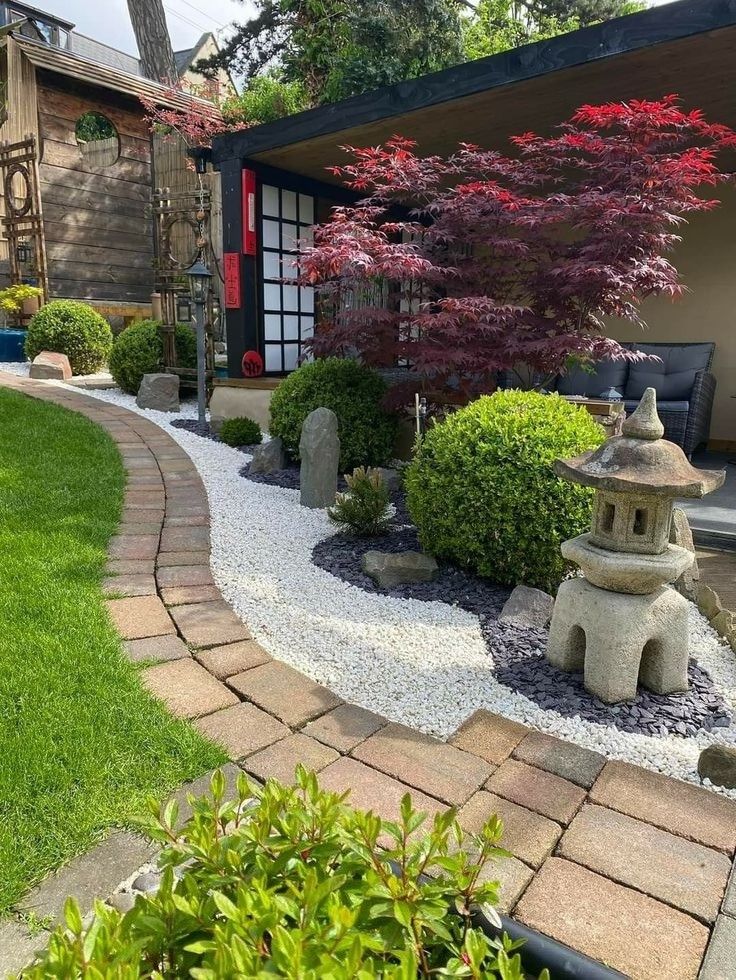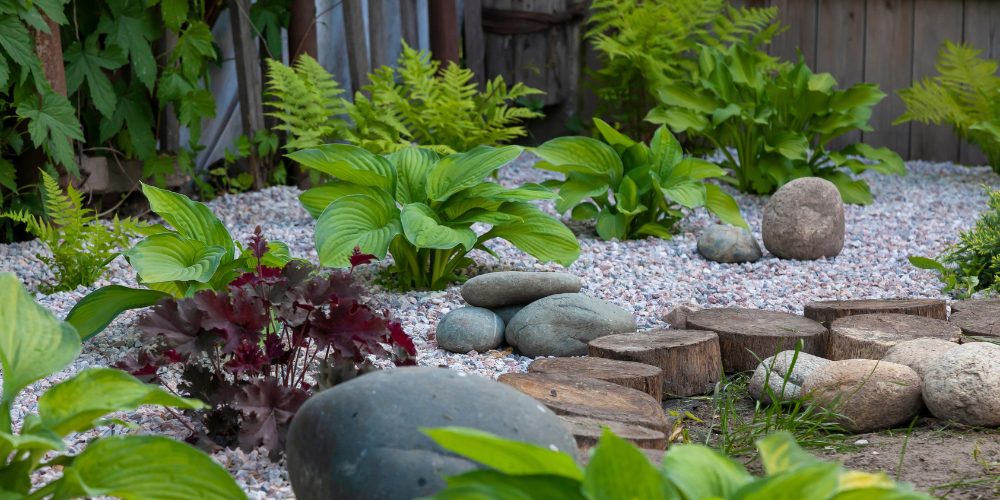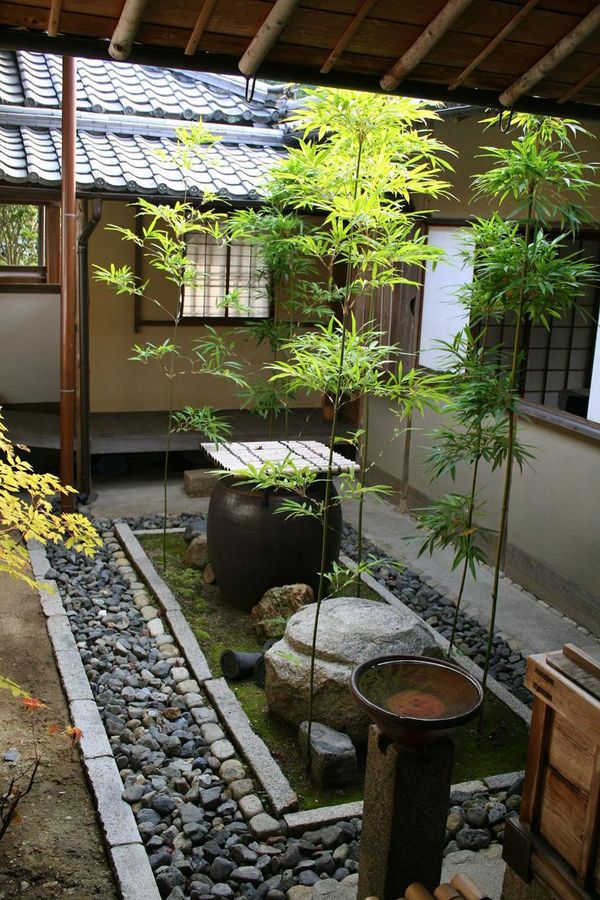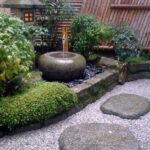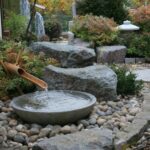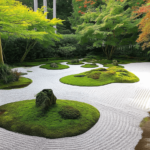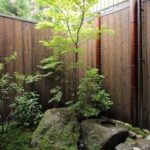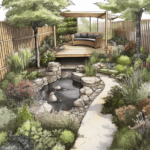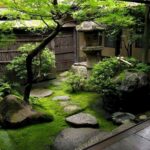Japanese backyard garden design, also known as “nihon teien,” is a style of gardening that has been practiced for centuries in Japan. This type of garden design focuses on creating a harmonious and serene outdoor space that connects with nature.
One of the key elements of Japanese backyard garden design is the concept of “wabi-sabi,” which emphasizes simplicity, imperfection, and the beauty of natural materials. This can be seen in the use of natural elements like rocks, wood, and water to create a peaceful and contemplative atmosphere.
One of the most iconic features of Japanese backyard gardens is the use of water in the form of ponds, streams, or waterfalls. Water is believed to bring tranquility and relaxation to a space, and is often used to symbolize the flow of life. In addition to water features, Japanese gardens often include stone lanterns, bridges, and winding paths that invite visitors to explore and reflect.
Plants also play a crucial role in Japanese backyard garden design. Traditional Japanese gardens often feature a variety of plants that change with the seasons, such as cherry blossoms in the spring and maple trees in the fall. These plants are carefully chosen and arranged to create a sense of balance and harmony within the garden.
Another important element of Japanese backyard garden design is the concept of “borrowed scenery,” or “shakkei.” This technique involves incorporating elements of the surrounding landscape, such as mountains or trees, into the garden design to create a sense of depth and perspective. By blurring the boundaries between the garden and its surroundings, a sense of tranquility and harmony is achieved.
In addition to these key elements, Japanese backyard garden design often includes traditional architectural elements such as tea houses, stone pathways, and wooden gates. These structures are designed to blend seamlessly with the natural environment and enhance the overall aesthetic of the garden.
Overall, Japanese backyard garden design is a reflection of the deep reverence and appreciation that the Japanese people have for nature. By creating a space that is harmonious and tranquil, these gardens serve as a retreat from the busyness of everyday life and provide a place for contemplation and meditation. Whether big or small, a Japanese backyard garden is a true work of art that invites visitors to connect with the beauty of the natural world.
 innstyled backyard design ideas
innstyled backyard design ideas
